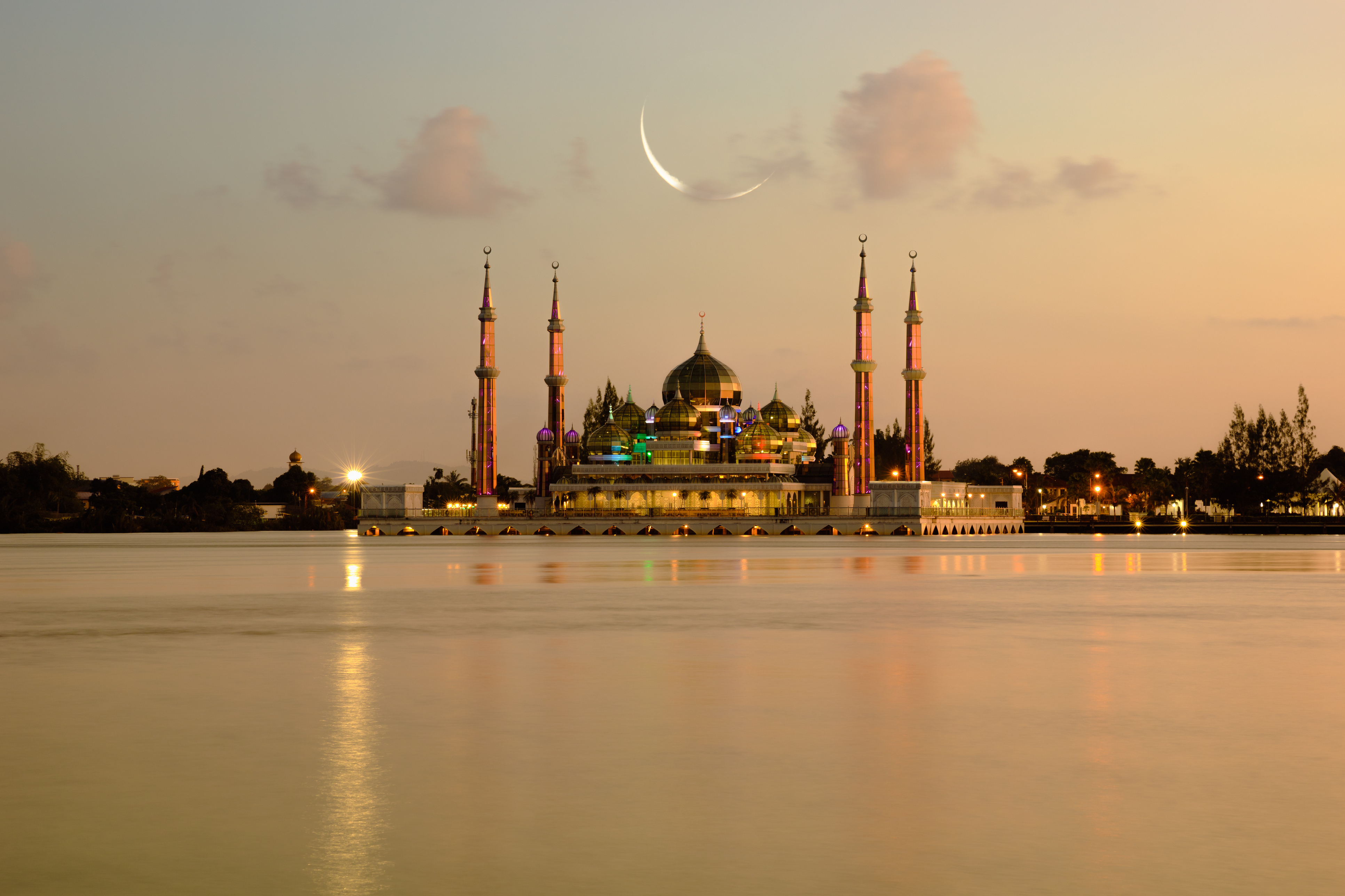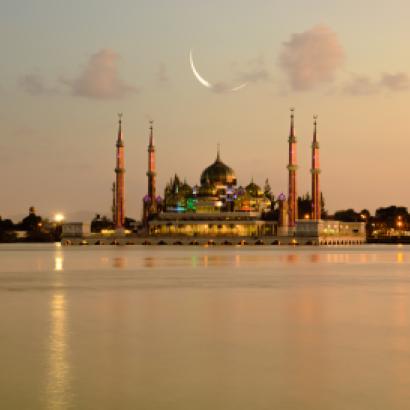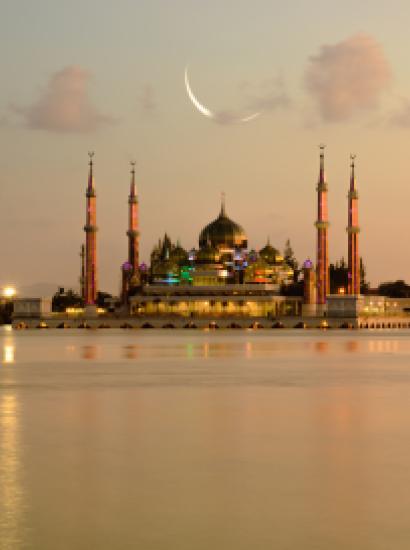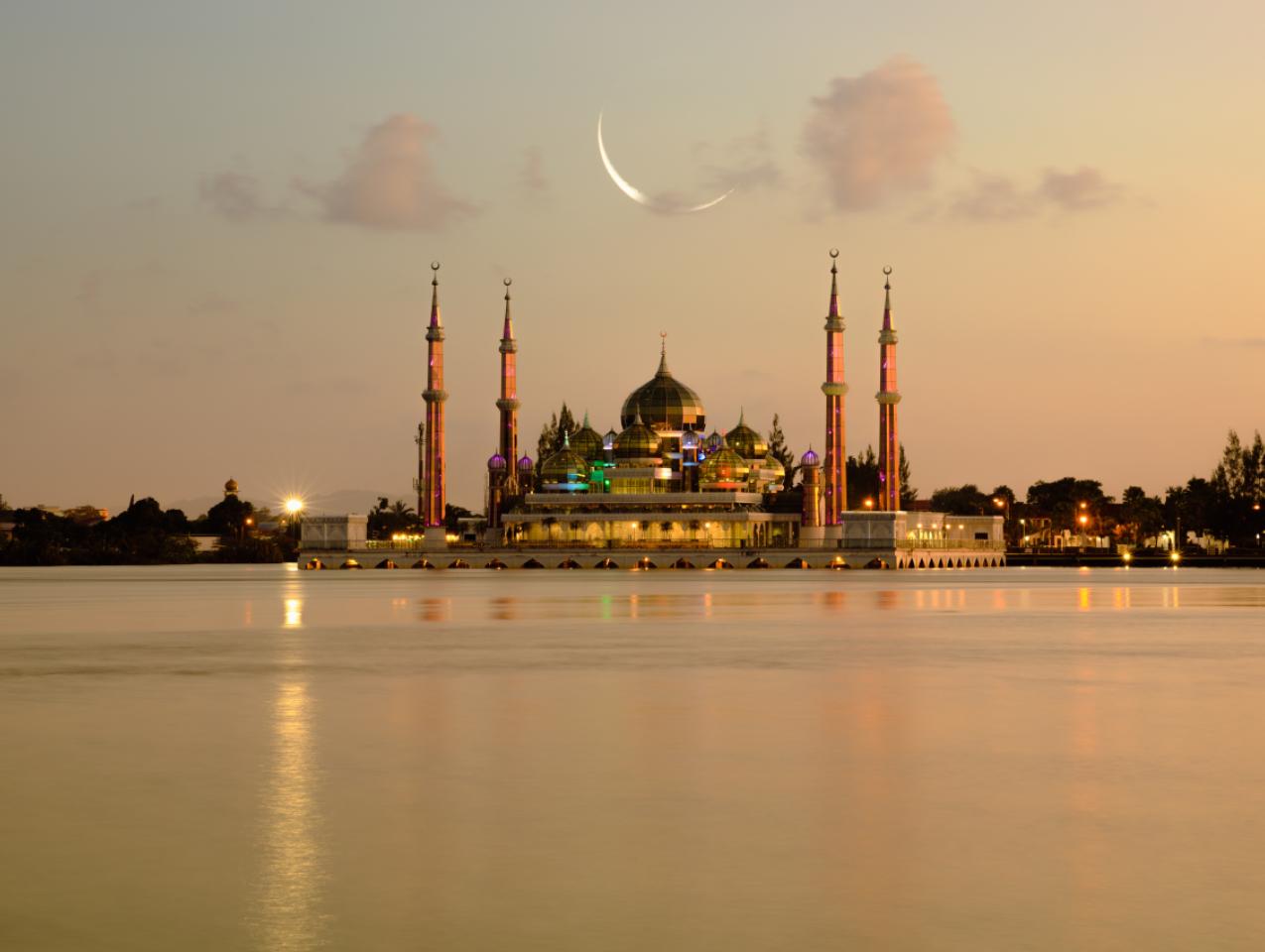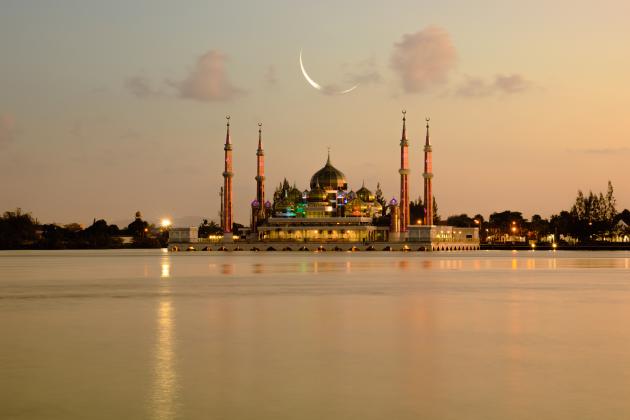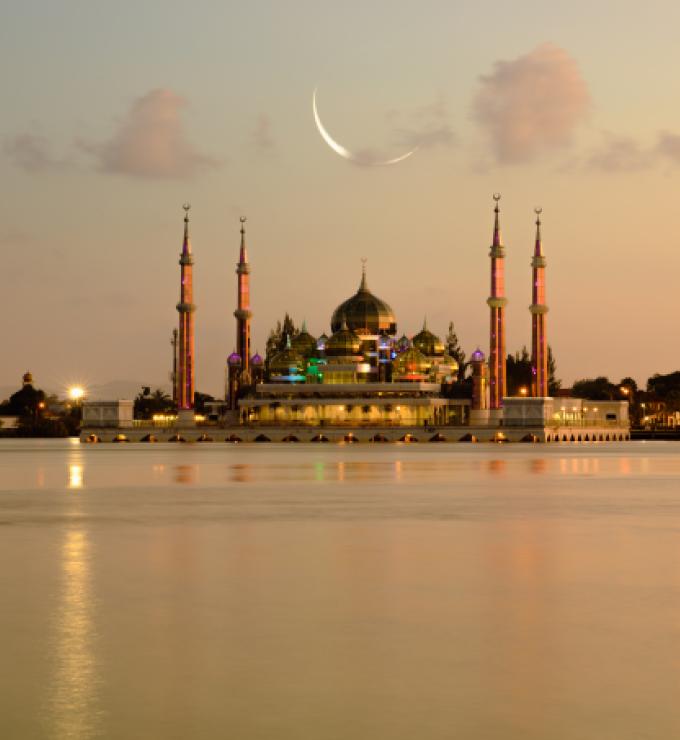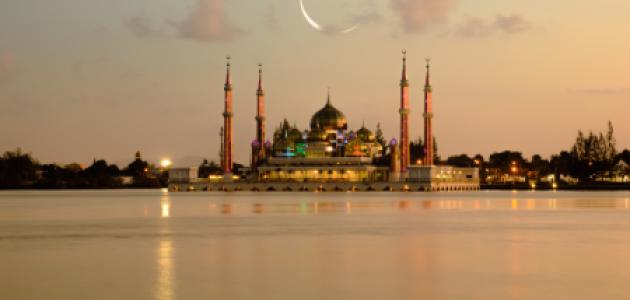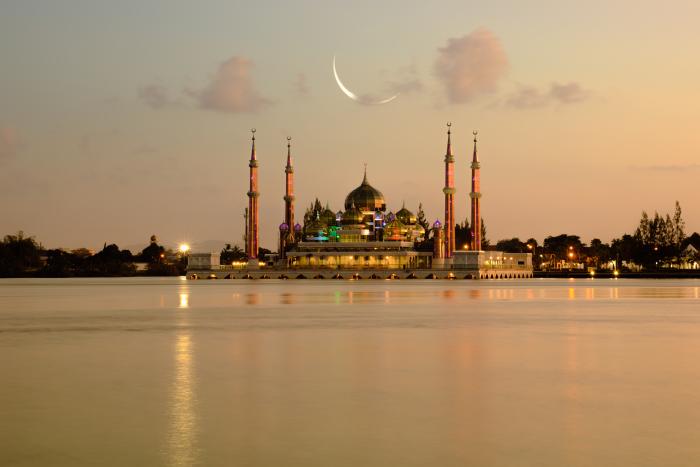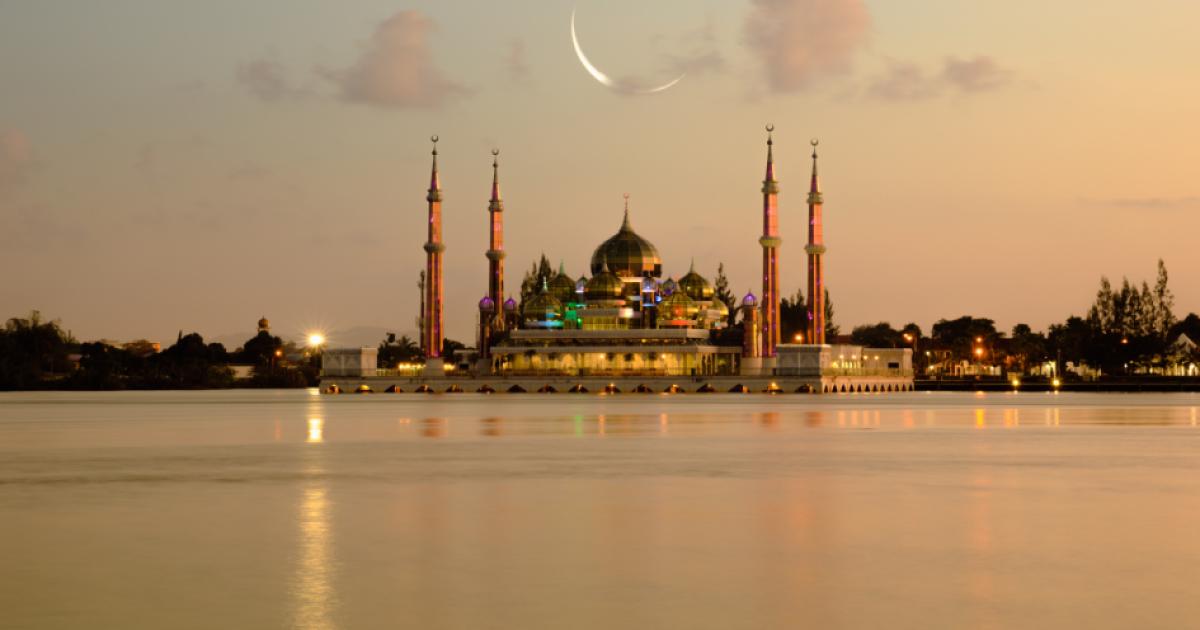“Exceptionalism” was long claimed for America, at least until a president informed us that every nation considers itself exceptional. However that may be, one place now merits that description: The Kingdom of Saudi Arabia, where past, present, and future are entangled as nowhere else; a family, a state, a religion, and an empire variously maneuver for prominence depending on the lens through which the outside world views them. Which is it? What is Saudi Arabia? And how much can it move the political markets of world affairs?
The Ways of Warfare
A country’s originating “point of departure,” Tocqueville declared, shapes and directs its current character in myriad ways. For Saudi Arabia, that birthing and sustaining point is warfare, traceable to the early 1800s when the Hijaz, the littoral on the Arabian east was fought over by two foes coming from outside. From deep in “the Empty Quarter” rode the God-intoxicated warriors of the radical Wahhabi faith under the military command of the House of Saud, an alliance that never thereafter faltered. In opposition, from across the Red Sea, came an imperial multiethnic expeditionary force under Mehmet Ali, Pasha of Egypt, viceroy of the Ottoman Sultan in Istanbul. We know who won.
From then on, the question of war gets the reply, “Let me count the ways.” Most notoriously there was Lawrence of Arabia’s hand in stimulating an Arab revolt against the Ottomans who had unwisely gone to the side of the Kaiser in the Great War. In recompense, the British heedlessly had promised post-war power to the Arab nation. What they delivered was fratricide. By installing Sharif Husain of Mecca as “King of the Arabs” Abd al Aziz Ibn Saud, a devout Wahhabi, was compelled to wage war for the site of the two Holy Mosques of Mecca and Medina and for all Arabia as his forebears had done a hundred years before. Within a few years, Ibn Saud would declare “The Kingdom of Saudi Arabia” which would be at once an empire and a state.
The 1973 “Yom Kippur” war shook the globe when, in response, Saudi Arabia declared an oil embargo, created OPEC (Organization of Petroleum Exporting Countries) cartel, and exulted as “petrodollars” washed over the world’s financial system.
Across recent decades Saudi Arabia showed the way for Arab regimes to divert the ire of their own ill-governed populations by indoctrinating successive generations to devote themselves to the “plight” of the Palestinians by employing the full-variety of ways of unconventional warfare.
The Saudi war in Yemen, now in its fourth year, has drawn in Middle Eastern and African forces and the U.S. as well. The ferocious fighting has unnerved and puzzled the outside world. With its “proxy” – versus Islam – character it may hold for the Saudis a significance resembling the pre-World War II Spanish Civil War.
A Turning Point Time?
From our twenty-first century perspective, we see that several disparate events between the mid-1970s and mid-1980s began to concentrate the strategic Saudi mind in new directions. First among these obviously was the sudden employment of Saudi wealth and power via the oil weapon grasped from the 1973 Arab-Israeli conflict. Other developments brought transformative change.
- An additional consequence of the 1973 war, downplayed assiduously, was the obvious conclusion by the Arab regimes that they would fight no more conventional wars against Israel on behalf of the Palestinians. Instead, the regimes would inspire, arm, train, sponsor terrorism, and take fiercely pro-Palestinian political positions in international organizations, but the course of the conflict now would be for Palestinians to determine. At the time this was regarded as a triumph for the PLO, but later was revealed to be a futile form of irregular warfare against one of the world’s most capable armies, an almost endless battle fought “to the last Palestinian.”
- In 1979 came an unimaginable shock when the Grand Mosque of Mecca was suddenly seized by an extremist Mahdist movement calling for the overthrow of Saudi royal rule. A new reality had to be faced, that the Saudis no longer had a monopoly on the most far-reaching interpretations of the Faith.
- 1979 also produced the shock of the Iranian Revolution bringing Shia Islam – rapidly rising demographically – into the seat of power in a diplomatically recognized state. Paradoxically, Iran was now propelled by a theologically-backed ideology opposed to the established international state system and suffused with a sense of historical Persian imperialism. Suddenly Saudi Arabia inescapably faced a major rival in, and for, the Muslim world. This caused the once-dominant Arab narrative to shift as it no longer was plausible to denounce Israel as the sole source of all the problems of Arab-Islamic governance.
- At this pivotal point in time, came the sale to Saudi Arabia of American state-of-the-art AWACS (airborne early warning and control system) approved by Washington despite huge political counter-pressures from Israel and within the U.S. Congress. This arms transfer definitively altered the U.S.-Saudi strategic relationship.
In the years since this time of turning points, momentous challenges demanding Saudi decisions have eventuated. These become clearer when imagined how they appear from Riyadh.
On the domestic front, Saudi rulers face questions whose answers affect the future of the country. What will be the distribution of precedence and influence among family, state, kingdom, empire, and religious authority? What will the post-fossil fuel economy look like? What new role, if any, will women take in the society? All these must be addressed in recognition of Tocqueville’s warning that the dangers of revolution actually rise during times of positive reform.
Imagine yourself these days in Riyadh. You might feel a sense of being surrounded. Iran has put in place a corridor of control all across the northern swath of the entire region, and another arm of Shia leverage now runs down the Gulf to Yemen. Layered above this are the two trajectories of China’s “One Belt, One Road” strategy – what’s that all about? Thus, geostrategically, to the north the Saudis see Hezbollah, Iran’s Revolutionary Guards, and the “bitter enders” of ISIS. To the east the Gulf Arabs are sharpening their long-submerged mutual animosities, and Iranian Shia meddling has to be a worry from Bahrain down into Saudi Arabia’s own Eastern Province. In the southwest is the Iran-backed Houthi war in Yemen and an array of highly consequential rivalries for the vital Red Sea – Horn of Africa matrix. Only on the West can relative stability be found – with Egypt and Israel!
Saudi Arabia, by its own doing, is inextricably bound to the Israel-Palestinian situation which, even if no longer the claimed key to Middle East peace and security, nonetheless continues to generate world attention beyond its urgency. Substantial aspects of power diplomacy hinge on Saudi moves. The “Arab Initiative” put forward by Saudi Arabia in 2002, endorsed by the Arab League, and reaffirmed in 2007 was of course omnidirectionally rejected at the time as are all promising proposals. But there remains much to be worked with in this Saudi idea, particularly in the context of rising “Palestinian fatigue” in both regional and world politics. Managed adroitly to deepen Pan-Arab solidarity (with Iran in mind), the initiative could be shaped to ease West Bank/Gaza Palestinian fears that any engagement with Israel will bring “death to the Palestinians” at the hands of the most extreme Islamist factions. Similarly, such an effort could encourage all relevant parties to see that the U.S. decision to open the American Embassy in Jerusalem could also be read as a form of invitation to the Palestinians to open an embassy of their own in Jerusalem, and that Israel, whose grand strategy since 1948 has been to root itself as a state within the international state system, would benefit immensely from a two-state solution to the conflict, even as such a solution would be a devastating setback to Islamist, and Iranian, ambitions.
There is Saudi Arabia’s preeminence in Islam, something not for the non-Muslim world to address, but nonetheless an undeniable reality on the world scale: the Hajj as an international phenomenon; the Sunni-Shia divide and the Middle East balance; and the Saudi policy, long in effect, of establishing a global network of Wahhabi madrassahs and mosques on the platform of pan-Islamic “Arabization” as a rooted Arabic-language civilization circling the world. The decisions coming out of Riyadh are pivotal to all these questions.
And most dangerously consequential of all is the nuclearization or de-nuclearization as set out in the international system’s Non-Proliferation Treaty and as a matter of common sense international security. Will Northeast Asia nuclear weaponize in reaction to North Korea’s astonishing leap into the realm of international nuclear threat? Iran’s nuclear program is clearly alive and well, if partially on hold, regardless of what the U.S. or others do to alter, or not, the JCPOA (Joint Comprehensive Plan of Action). Will Saudi Arabia feel the necessity to nuclearize in response? Have they already begun?
This vast agenda reveals Saudi Arabia as “exceptional” and calls for placing policy with, and towards, Riyadh at the top of America’s own agenda.







